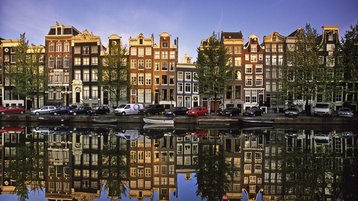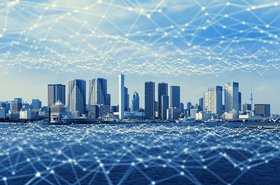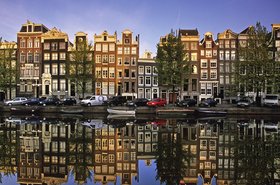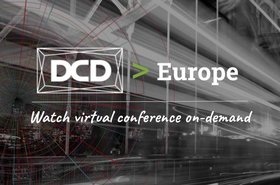The Amsterdam Metropolitan Area’s (AMA’s) moratorium on building new data centers in the city of Amsterdam, imposed in 2019, is finally over. With the possibility of new facilities on the horizon, what does the digital future look like for “The Venice of the North”? These regional decisions and developments may offer a glimpse into a range of issues affecting cities everywhere in the digital age.
Data center investment is poised to ramp up
Data center businesses want to accelerate investment again now that the moratorium has ended. This makes sense because demand for connectivity, compute and storage is growing briskly in Amsterdam — and the wider region. The city is a natural site for large-scale data centers due to its location at the crossroads of the major European Internet connections.
AMS-IX, as part of Amsterdam’s Science Park, is one of the world’s largest internet exchanges. Amsterdam is also a prime landing spot for undersea and fiber optic cables from North America. Alongside Frankfurt, London and Paris, Amsterdam has been a part of the "location quartet" of hubs for decades, serving as one of Europe’s network ecosystem leaders.
Understanding the conflict between digital life and urban life
The data center moratorium brought one of the emerging tensions of modern life into sharp relief. In the past, few could have imagined the evolution and consequences of the dynamic digital consumption we see in the public sphere today. While cities may not like data centers, their citizens demand them. Regardless of how aware urbanites are of the role data centers play in their digital lives, city dwellers certainly want fast Internet service and responsive mobile technology. These qualities of digital life require the presence of large-scale compute facilities in close proximity to the urban core.
Limitations exist: space and resources
Data centers present potential challenges in a city where space is limited. The data center sector, with its IoT, AI and machine learning use cases, puts enormous consumption demands on Amsterdam. Growing demands for space, power, cooling and redundancy are at odds with the need for energy efficiency. Data centers consume prodigious amounts of electricity, and power utilities are obligated by contract to deliver requested power. The moratorium effectively gave the entire process a “time out” to reassess how data centers and the AMA could coexist.
Looking ahead
Rethinking the future of data centers and their impact now includes using residual heat to power Amsterdam’s overall energy and heating supply. Now, data center power consumption may not expand to more than 67 megavolt amperes (MVAs). The reuse engineering of waste heat is in discussion and may solve resource issues. City planning, quality of life and commerce leaders are continuing initiatives to help data centers impose less architectural impact, and the AMA is researching options such as more colocation innovation with room for smaller local businesses like cafes, restaurants and shops.
The data center industry in Amsterdam is at a pivotal moment. The next one to two years will be very revealing in terms of how the city will balance the digital needs of its citizens with tradition and other urban planning constraints.






